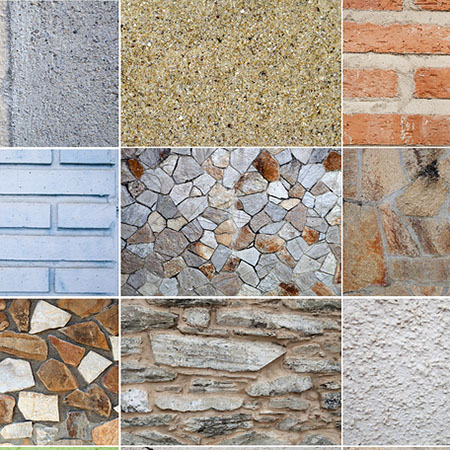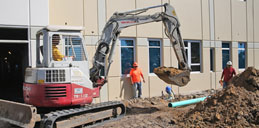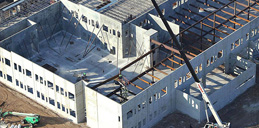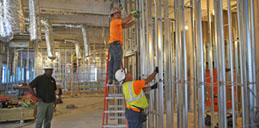4 Tips for Controlling Commercial Construction Costs
 A commercial construction project is one of the most complicated tasks to manage. There are many variables to consider, such as workspaces, lighting, energy efficiency, and ADA requirements, to name a few. And whether you’re a business owner, project manager or property developer, your goals are the same: To keep the project on schedule, ensure construction is completed correctly and safely, and control overall costs. Between the price of materials, hiring sub-contractors, and other related expenses, construction costs can quickly spiral out of control. It’s vital that you hire commercial contractors that have the experience to control these costs so that your project will be completed on time and within budget.
A commercial construction project is one of the most complicated tasks to manage. There are many variables to consider, such as workspaces, lighting, energy efficiency, and ADA requirements, to name a few. And whether you’re a business owner, project manager or property developer, your goals are the same: To keep the project on schedule, ensure construction is completed correctly and safely, and control overall costs. Between the price of materials, hiring sub-contractors, and other related expenses, construction costs can quickly spiral out of control. It’s vital that you hire commercial contractors that have the experience to control these costs so that your project will be completed on time and within budget.
Use a Design-Build Contractor
What is design-build? It is a project delivery method where a single general contractor handles both the design and build phases of the construction project. Unlike the traditional form of project delivery where one contractor does the design work, and another handles the construction. How does a design-build contractor save costs? First, they have architects that work directly with the business owner or developer to design the best options for the project. Second, they can change the type of construction, layout, materials used, and other things that can impact both construction and maintenance costs without having to go back and forth with multiple entities. Third, since they manage both the design and construction phase, your project is ultimately completed faster and at a lower cost.
Prepare a List of Needs and Wants
Before you start a commercial construction project, it is essential to prepare a punch list of needs (essentials or non-negotiables) and wants (negotiables or aspects of the project which can be modified, reduced, or eliminated). Preparing these lists in advance will allow your commercial contractor to provide advice on those items that are not within your existing budget while recommending substitutions that will still achieve the results you desire.
Reuse Existing Materials/Fixtures Where Possible
Instead of buying new, consider reusing any existing materials and fixtures. For instance, if you are remodeling an office building, there may be existing furnishings and fixtures that you can reuse. Some examples of items you can reuse include workstations, desks, chairs, cabinets, plumbing materials, and lighting fixtures. Also, you can reuse HVAC units that are in good operating condition.
 Implement Value-Engineering Principles
Implement Value-Engineering Principles
Value engineering is a principle designed to reduce construction costs without compromising safety, aesthetics, function, quality, and performance. For instance, if your construction project requires quartz, you can substitute it for granite or other similarly less costly material. Another example of value-engineering is lowering the ceiling. Even though a high ceiling is a beautiful architectural feature that makes for a grand entrance, reducing the ceiling height can result in significant cost savings. These and other changes can save money without affecting the integrity of the project. To ensure you get the best value for your construction dollar, consider hiring a commercial contractor with experience in value engineering principles.





